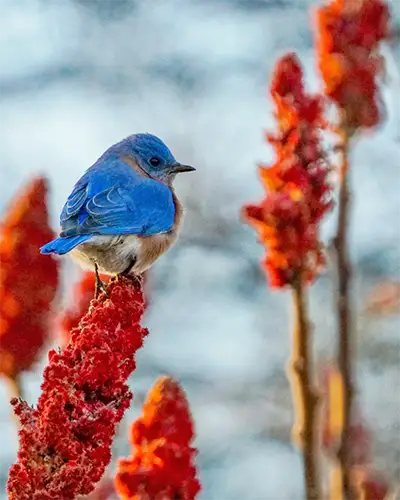NH Audubon’s Backyard Winter Bird Survey

Eastern Bluebird by Grace McCulloch
Are you a backyard bird enthusiast? Do you love watching the birds at your feeder?
Join NH Audubon this winter for the 38th annual Backyard Winter Bird Survey on February 8th and 9th, 2025! This statewide effort invites participants to observe and report the birds visiting their backyards, helping us track winter bird populations and trends across New Hampshire. Visit the NH Audubon Backyard Winter Bird Survey webpage to learn more and access the survey form.
Interested in seeing the data from prior years? Check out our archive.
Please select any of the year links from the menu below to open the corresponding Survey Results. All Survey Results are Adobe Acrobat (PDF) files.